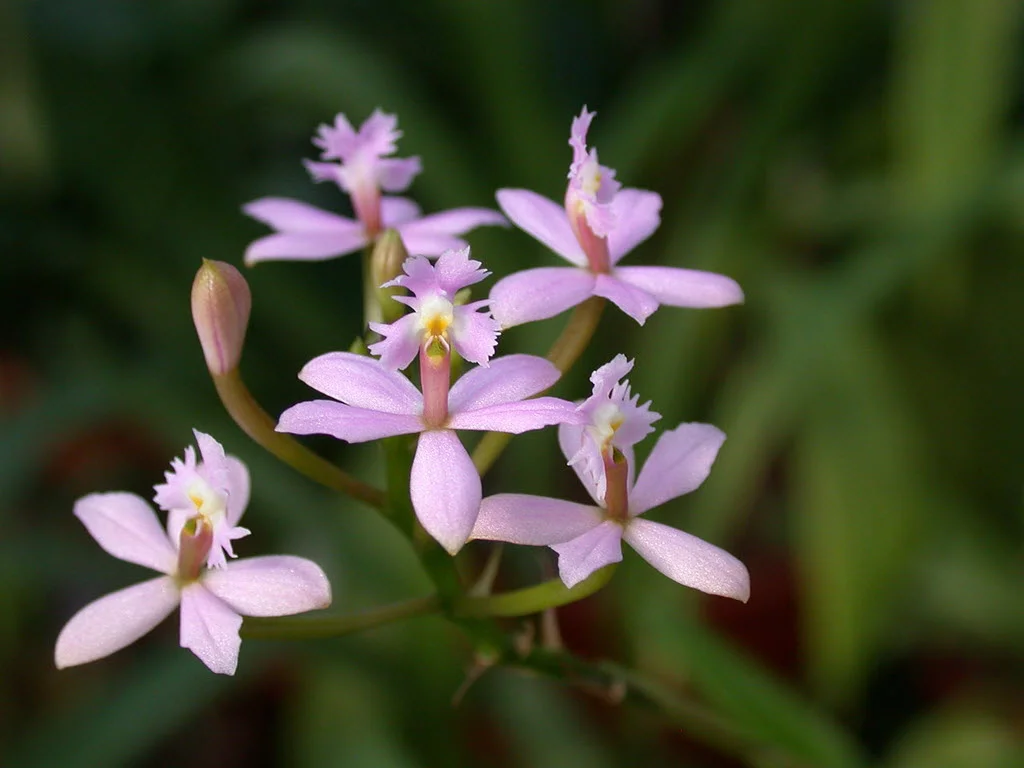Table of Contents
Pronunciation: bra-sah-VOH-luh
Introduction
If you are partial to citrus scents, you'll love the Brassavola. This orchid releases a fragrant citrussy scent but with a twist: It is only fragrant at night in order to lure in a nocturnal type of moth for pollination.
Brassavola Nodosa
The Brassavola nodosa, in particular, has a scent that has been described as "white-floral" and "gardenia-like". It can get so strong that it can fill a greenhouse with its pleasing fragrance.
Brassavola is a genus of any various tropical native American orchids from the family Orchidaceae and the tribe Epidendreae. Its flowers can be solitary blooms or in clusters of up to seven. The flowers last about 5 to 30 days depending on the species.
These orchids get their name from one of the most well-known Italian physicians of his time, Antonio Musa Brassavola. Apart from his practical work, he is famous for his writings in the fields of Botany and medicine.
Temperature
These plants prefer temperatures that are intermediate to warm. They should be kept between 18-23 degrees celsius (64-73 F) during the day but 12 to 15 degrees at night (53-59 F).
Light
A reliable way to identify if a Brassavola is getting enough light is to check its leaves. If they are blotchy with a little tinge of reddish marks, then it means your plant is in optimal health. Otherwise, when the leaves look like a shade darker than their original green color, that means it is not getting enough light and must be moved to a brighter location. Remember that they often prefer bright light but not direct sun.
Water & Humidity
Brassavola orchids grow best with an atmosphere of 60%-70% humidity and a humidity tray underneath them. Make sure to also water this orchid on a regular basis especially during its growth phase. You can water less when it has fully grown but remember not to let the pseudobulbs wither.
Feeding
During active growth, feed with an orchid fertilizer of about 1/4 strength every third watering. You can cut back to once a month during the rest period.
These orchids need to be fed all year round because they produce new flushes of leaves and blooms throughout the year.
Potting
This orchid plant does well specially in pots or hanging baskets. During the growing stage when the Brassavola is grown on a mounted basket, they may tend to instantly outgrow their original basket and form a specimen that entirely conceals its receptacle. You might also want to repot the orchid every two to three years as needed.
Video
Let's visit Brads Greenhouse and see a Brassavola that he's been taking care of since Spring.
Check out more varieties from our comprehensive list of the different types of orchids. And if you are partial to scents and want to collect orchids based off how they smell, then make sure to read our list of orchids and their scents. We’ve got orchids smelling of chocolate, citrus, cinnamon and many other interesting fragrances.











